
“There Are 3 Critical Stages for Diabetics—Overcome Them and You'll Live Long”: What Are These 3 Stages? Pay Attention After Age 50!
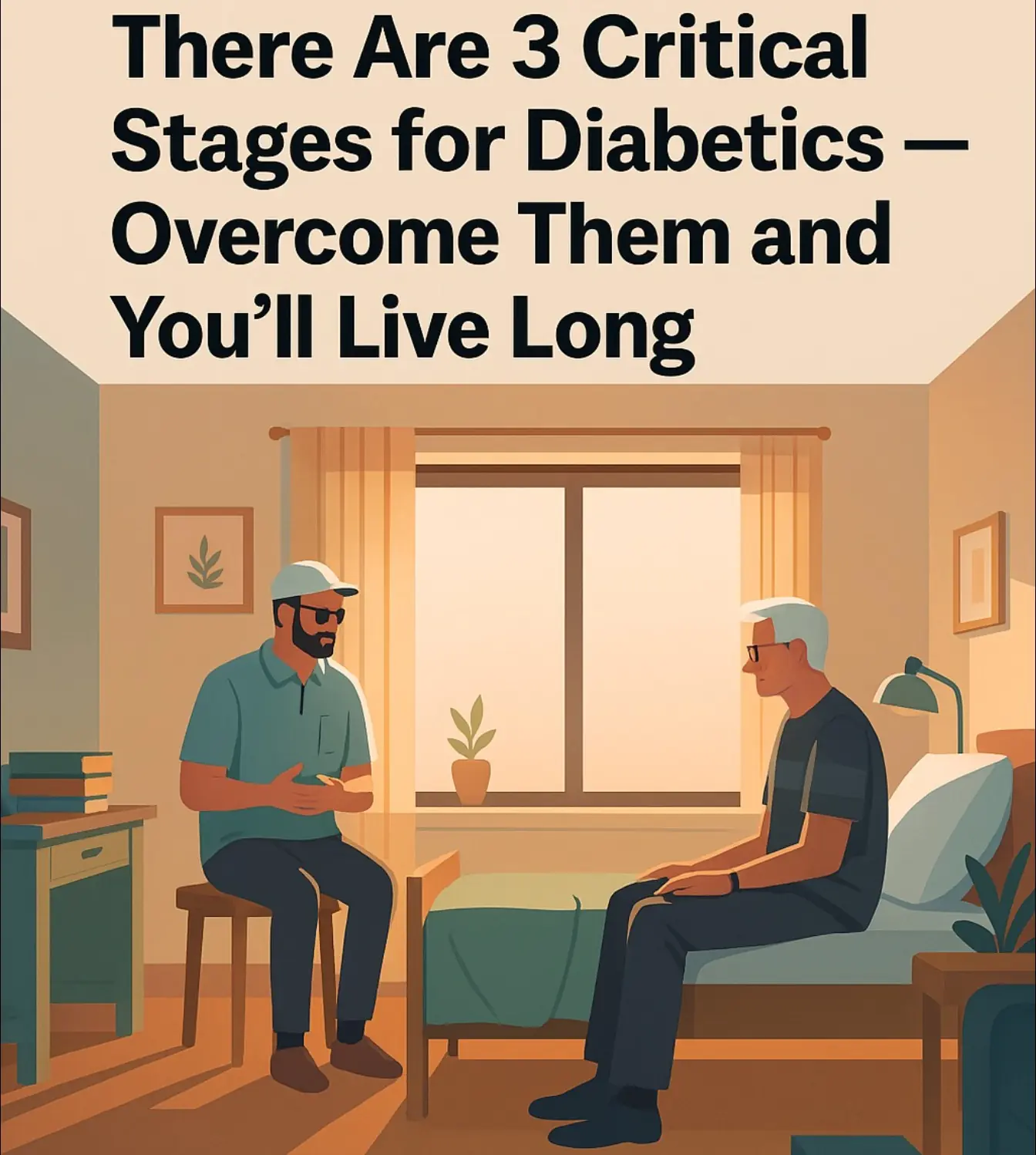
Diagnosed with type 2 diabetes at age 45, everything seemed fine until the age of 50. Then, various complications began to surface. The patient sought medical attention due to numbness in both legs and was diagnosed not only with diabetic peripheral neuropathy but also with diabetic vascular disease.
Why do so many complications tend to appear after the age of 50?
The main reason is aging. As the body ages, all organs become more vulnerable to disease. For individuals already living with diabetes, poor blood sugar control significantly increases the risk of complications after 50.
As doctors, we must remind diabetic patients that having diabetes does not mean a shortened lifespan. In fact, as long as blood sugar is well-controlled and patients successfully navigate three key stages, living a long life is absolutely possible. But do you know what these “three critical stages” are?
1. The First Three Years After Diagnosis Are Crucial
The first three years after being diagnosed with diabetes are especially important. This is the most challenging period for treatment. The reason is simple: after diagnosis, sudden changes in medication routines and lifestyle adjustments can be hard to adapt to.
If good habits are not formed during these first three years, blood sugar levels can fluctuate wildly, laying the groundwork for future complications.
Therefore, newly diagnosed patients must take the first three years seriously—focusing on scientific treatment and developing healthy lifestyle habits to keep blood sugar under control. Once these habits are established, it becomes much easier to maintain them over the long run.
2. Age 50 — The Second Critical Stage
Nowadays, more young people are being diagnosed with diabetes. Diabetes is categorized as either type 1 or type 2. Most patients have type 2 diabetes, which is typically caused by unhealthy lifestyle habits, unlike type 1, which is more related to genetics.
Many young people suffer from obesity due to poor habits, which in turn leads to diabetes.
Doctors want to emphasize that age 50 is the second major hurdle for diabetics. With age, the body’s blood vessels, nerves, and vision begin to decline. If blood sugar is poorly managed, complications involving the eyes, nerves, and cardiovascular system often emerge after 50.
And once diabetic complications occur, they are usually irreversible—seriously affecting the patient’s quality of life.
3. Age 70 — The Third Critical Stage
The age of 70 marks the third critical stage for people with diabetes. At this age, poor blood sugar control can easily lead to diabetic nephropathy. Even worse, many develop uremia and must rely on long-term dialysis.
For diabetic patients in their 70s, high blood sugar further damages blood vessels, increasing the risk of severe vascular complications. Vital organs such as the brain and heart are especially vulnerable, with an elevated risk of heart attacks and strokes.
For diabetic patients, as long as they can successfully pass these three stages, living into their 80s or 90s is absolutely achievable. We shouldn’t oversimplify diabetes—but we also shouldn’t make it out to be overly complicated. Everyone knows that diabetes can be managed through medication and a healthy lifestyle.
The real challenge lies in maintaining those good habits consistently, day in and day out, for years. Can you do it?
News in the same category

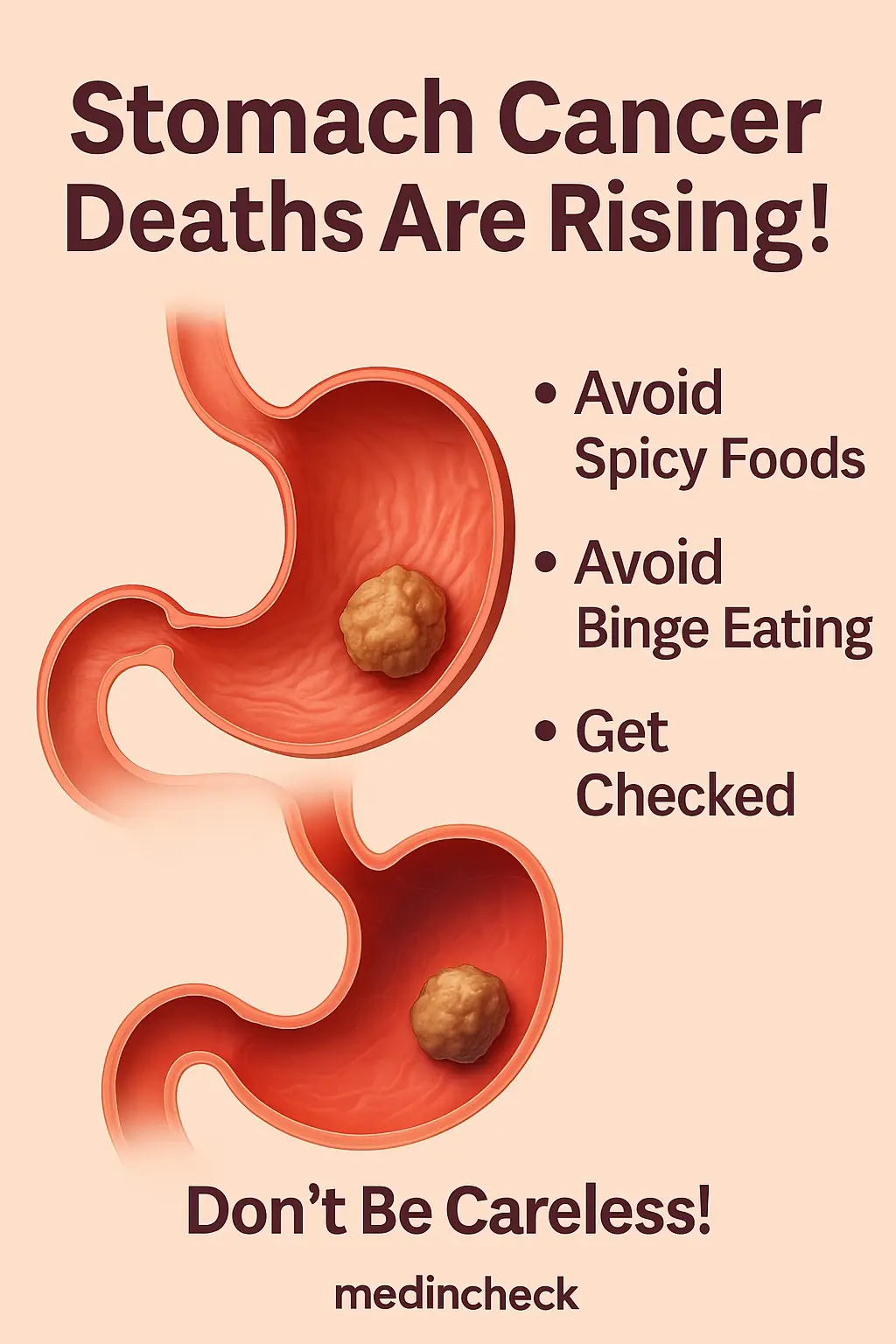
Stomach Cancer Deaths Are Rising! A Word of Advice: Avoid Spicy Foods, Avoid Binge Eating, and Get Checked — Don’t Be Careless!

Top 10 Healthiest Fruits – Are You Choosing the Right Ones?
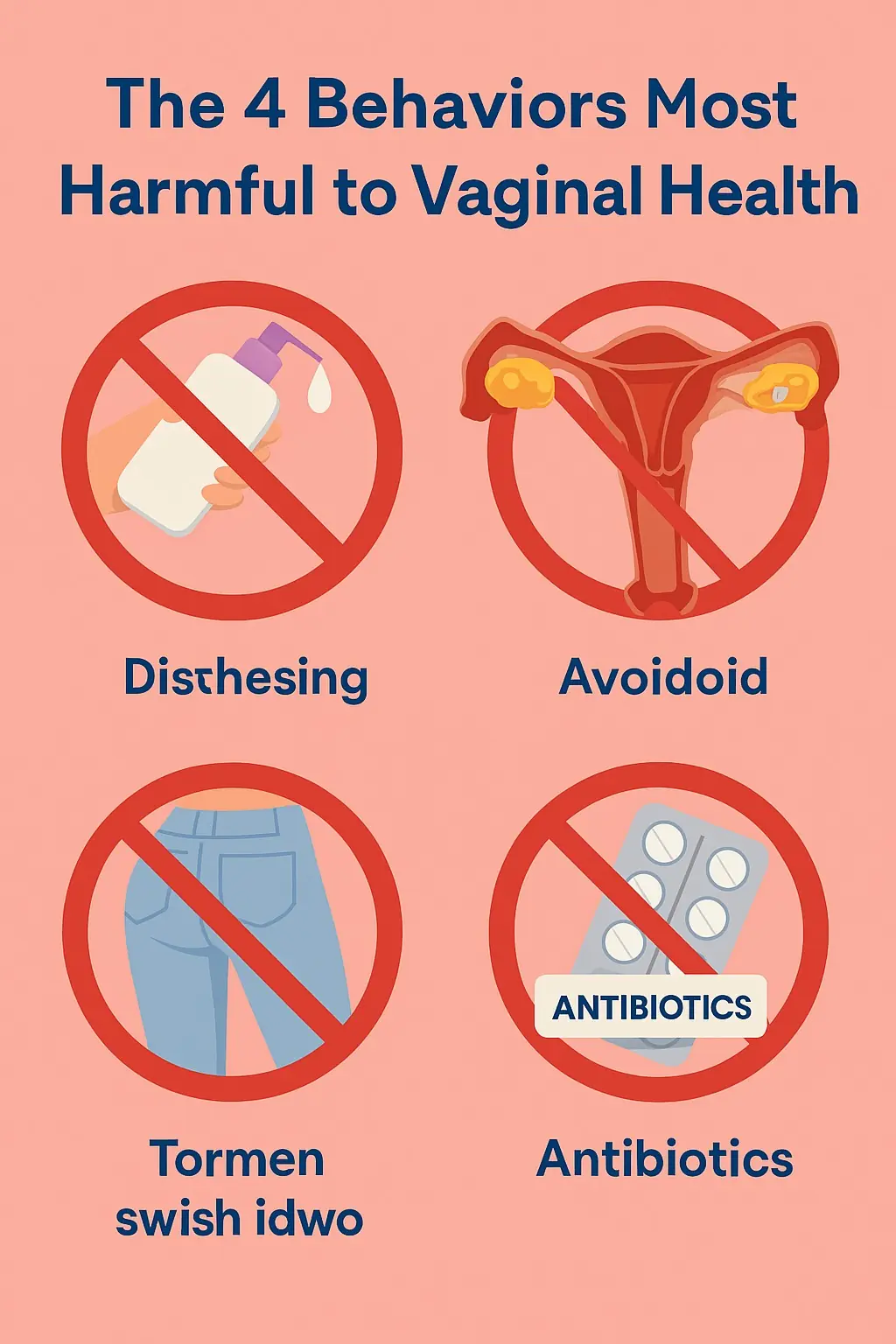
The 4 Habits That Harm Your Vagina the Most – Are You Still Doing Them Often? Stop Immediately After Reading This!

Habits That Make Women Gain Weight – Lack of Exercise Is the Least Important, While the Top Cause Is Something Many Do Every Day

Can Taking One Aspirin a Day Prevent Cardiovascular Disease? A Japanese Study Offers an Answer

Is White Radish an “Accelerator” for Nodules? Gastroenterologist Warns: Avoid These 5 Foods If You Don’t Want Nodules to Turn Cancerous

Why Are You Passing Gas So Often? 5 Health Issues That Might Be Behind It – Don’t Ignore the Signs

Is Lung Cancer Contagious or Hereditary? Doctors Reveal the Truth You Need to Know

Think Twice Before Dyeing Gray Hair: Eat These 4 Foods Regularly to Potentially Reduce Premature Graying

Spring Must-Haves for a Clean Bloodstream: The Natural Enemies of Blood Toxins! Keep Your Arteries Spotless and Healthy

Research Reveals: Eating Bananas Regularly Can Bring These 6 Health Benefits to Seniors

Top 5 Fruits for Health and Longevity — Banana Ranks #4, But the #1 Will Surprise You

Why Does Your Body Suddenly Jerk While Falling Asleep — Like You’re Falling? The Reason Might Surprise You
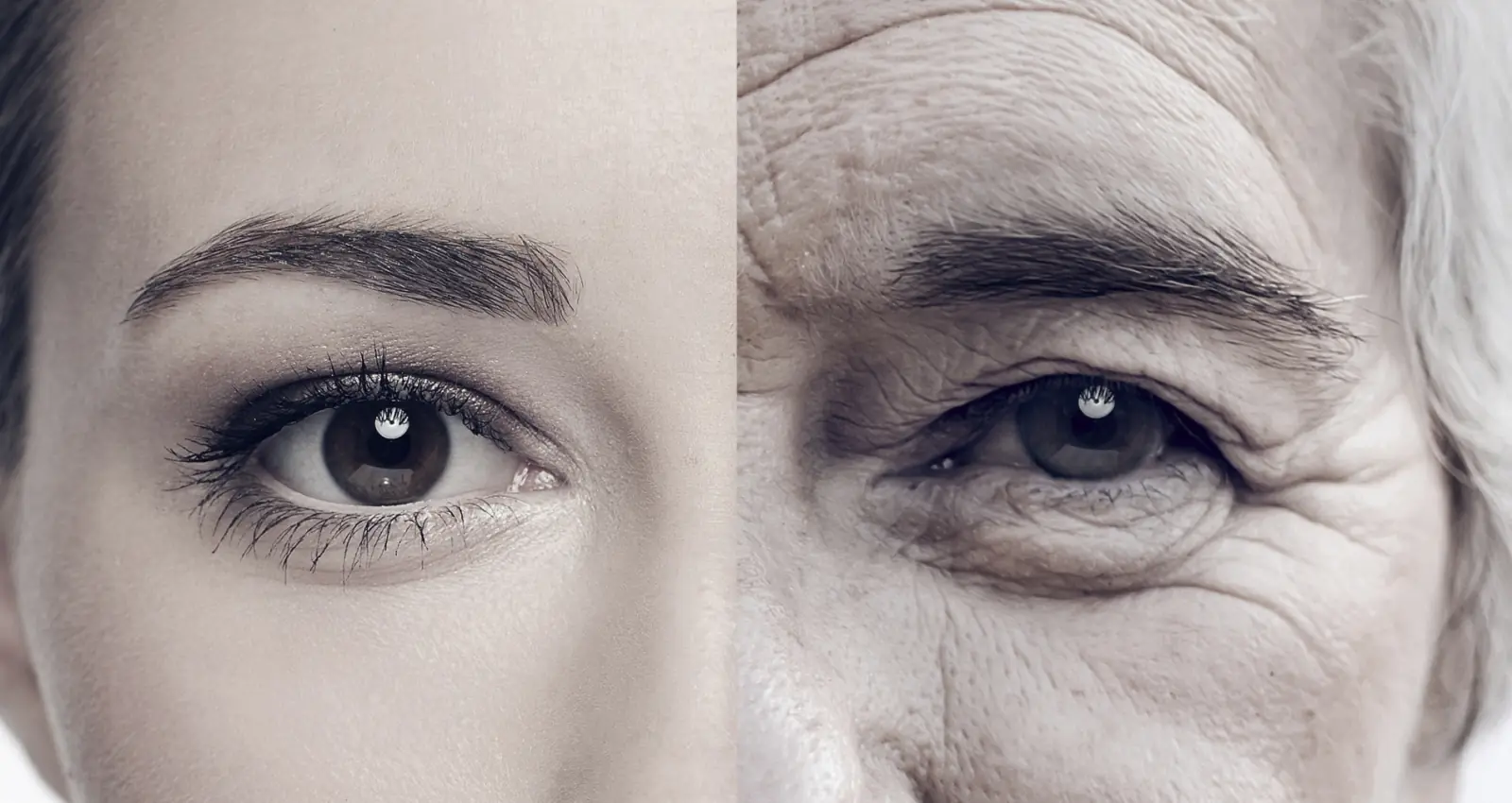
Top 10 Proven Habits to Slow Aging — Sleep Only Ranks #6! The #1 Will Surprise You

Is "Glue-Injected Meat" Becoming a Hidden Epidemic? Digestive Health Expert Warns: Avoid These 5 Types of Meat — Especially for Your Children’s Sake

If these two parts of the body are black, it means that the life span may not be long. Is it true? Listen to what the doctor says

4 Superfoods for Diabetes Management—Affordable Yet Powerful
News Post

WHAT HAPPENS WHEN WE TONGUE KISS…See more

Nature’s Secret: 4 Healing Leaves That Support Metabolism, Immunity & Circulation Naturally

Don’t Drink Coconut Water Before You Know These 11 Secrets!

Pumpkin Seed Milk — The Natural Parasite Cleanser

Fast Rice Water Trick for a Brighter Smile
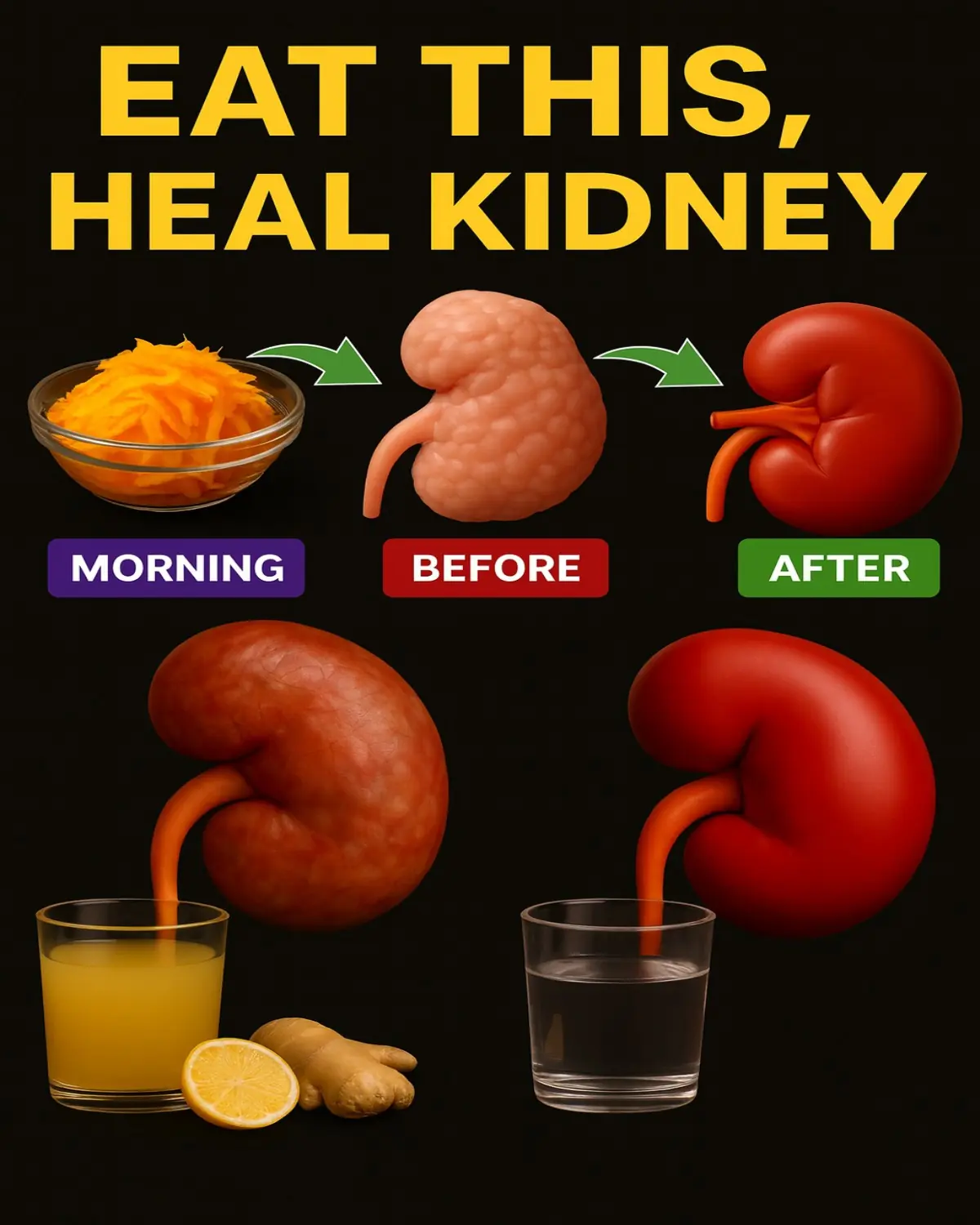
Morning Drink to Revive Your Kidneys Fast

The Onion Recipe That Could Transform Your Blood Sugar, Support Cleaner Arteries, and Protect Your Heart!

Top 4 Fruits That Help Your Kidneys Flush Out Toxins While You Sleep

Ginger, Clove, and Honey: The Natural Trio Your Body Will Thank You For

Heal 15 Years of Joint Pain Naturally with Turmeric and Honey Tea

This Juice Revived My Grandma’s Energy — Say Goodbye to Fatigue and Body Pain with This Natural Recipe

The Benefits of Eating 2 Boiled Eggs Every Morning: Transform Your Health!

If Your Kidneys Are in Danger, Your Body Will Send You These 8 Signals — Don’t Ignore Them

The Surprising Effects of Avocado on Your Heart and Brain

Ways to Get Over a Man Who Didn’t Value You

I’m 66 but Look 36 — My Secret? Aloe Vera & Ginger for Firm, Smooth Skin

How to Make Okra Water to Treat 17 Health Problems Naturally

Banana and Egg Mask to Look Younger Even in Your 80s

Scent Leaf Secrets Unveiled: 10 Surprising Health Benefits of This Miracle Herb
